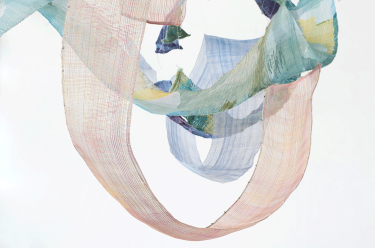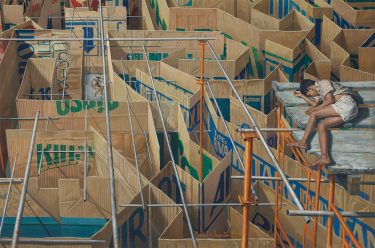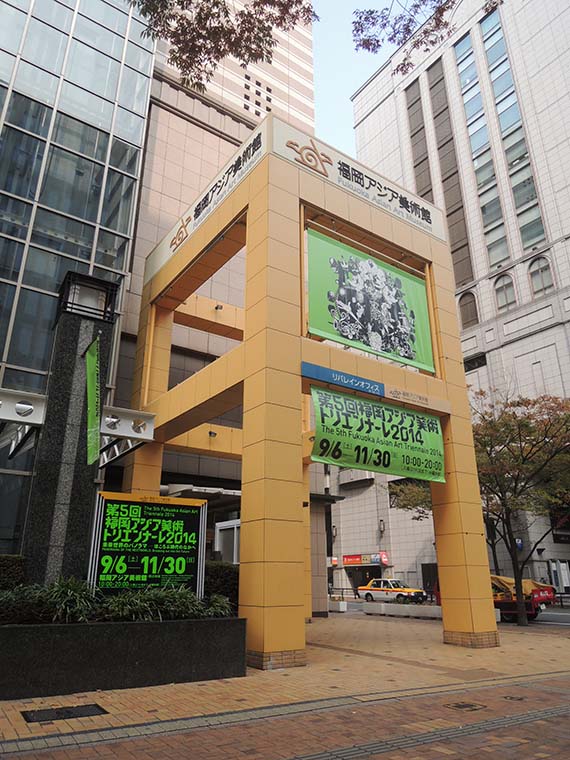
Though hampered by ambiguous diplomatic status with regard to mainland China, and somewhat overshadowed by the meteoric rise of Chinese art in international estimations, Taiwan possesses a rich and complex contemporary art scene. The country’s position as one of the Four Asian Tiger economies, and the flourishing of civil society after martial law was wound back in the late 1980s, have seen a proliferation of museums in which contemporary art plays a prominent role. In addition to a vibrant commercial sector and a network of community focused exhibition and residency centres, Taiwan also boasts a dynamic range of artist- and curator-led initiatives and a number of international biennials, of which the Taipei Biennial and Asian Art Biennial are best known.
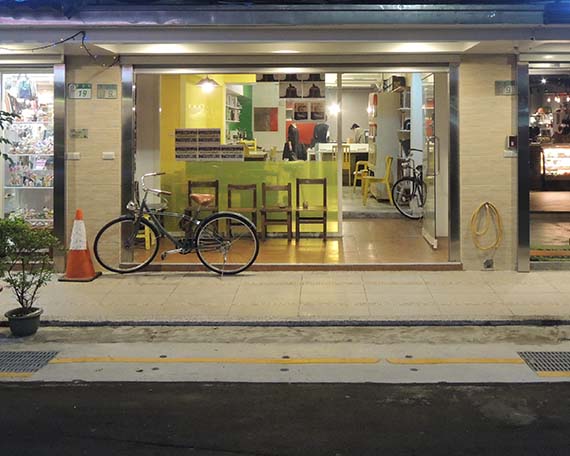
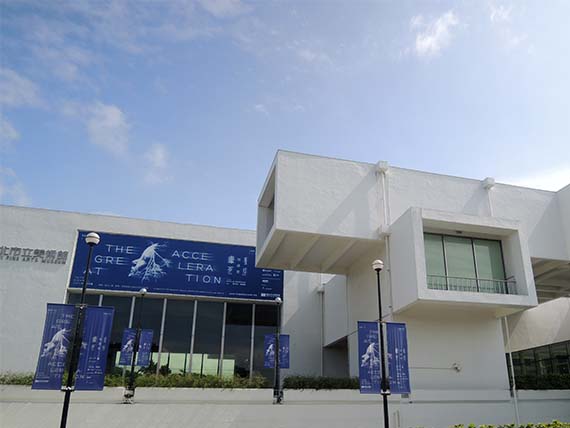
Within this robust infrastructure, Taiwanese art operates with its own internal complexities, informed by ethnic diversity and related social and cultural issues that derive from successive waves of Han migration and a resilient indigenous heritage. These frame artistic responses to the effects of increasing economic integration with mainland China on the one hand and persistent debates around Taiwanese political autonomy on the other. Changes in the urban landscape, in living and working conditions, and in the preservation of the culture and way of life of the island’s aboriginal people, are preoccupations that figure strongly in Taiwanese contemporary art. Many young artists, writers and curators participated in the Sunflower Movement of March–April 2014 — during which the state legislature was occupied by student and civic groups protesting against a cross-strait trade agreement — and produced a number of exciting works in response to the event.
Japanese art has taken a similar turn towards social engagement, most notably in response to the 2011 Fukushima nuclear disaster, which has in turn provoked widespread questioning among cultural practitioners about the direction in which the country might be heading. In 2014, this general mood pervaded both the Yokohama Triennale and the Fukuoka Asian Art Triennale. With the dramatic title ‘Fahrenheit 451: Sailing into a sea of oblivion’, Yokohama was directed by Morimura Yasumasa, one of the most important Japanese artists of recent times. The exhibition was idiosyncratically presented in a series of chapters, and sought to define the power of art against ‘the power to control society’ in an uncertain world. Meanwhile, the Fukuoka Asian Art Museum continued its excellent triennale’s engagement with the margins of contemporary art, both in emerging contexts such as Bangladesh, Bhutan, Burma, Cambodia, Mongolia and Nepal, and in work from the more established centres of China, Japan and India, intersecting with scientific experiment, popular culture and community engagement.
Also notable within Japanese art has been the visibility of Okinawan perspectives for the first time the since the emergence of artist Yuken Teruya a decade ago. Artists such as those associated with the Las Barcas collective in Naha affirm the distinctive culture and identity of the Okinawan people in relation to both Japan and the US, whose military bases occupy 20 per cent of Okinawa’s main island. Of particular note is the tendency of such artists to call hierarchies and social divisions into question, proposing more fluid conceptions of national, sexual and gender identity as a way of working through current political quandaries.
Reuben Keehan is Curator, Contemporary Asian Art, Queensland Art Gallery | Gallery of Modern Art.
